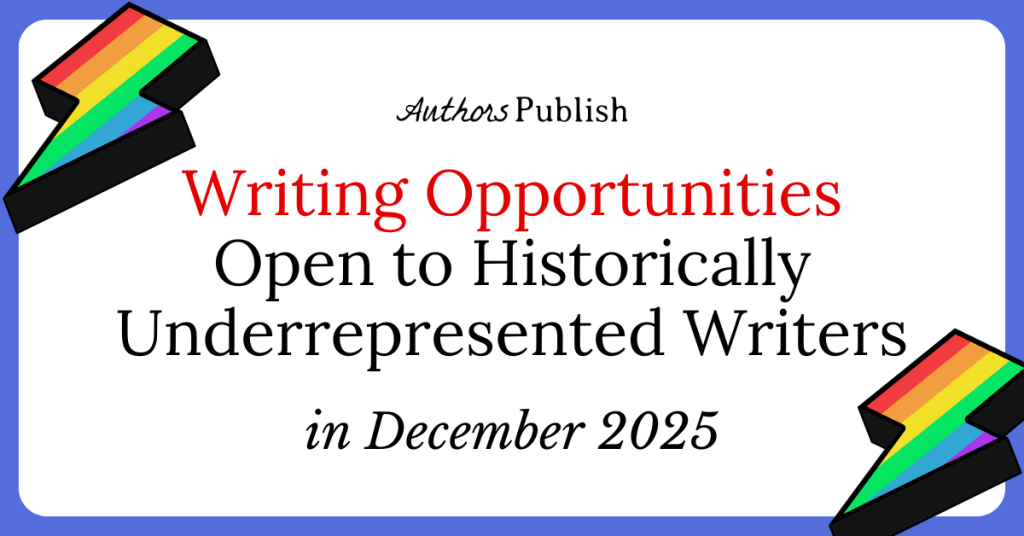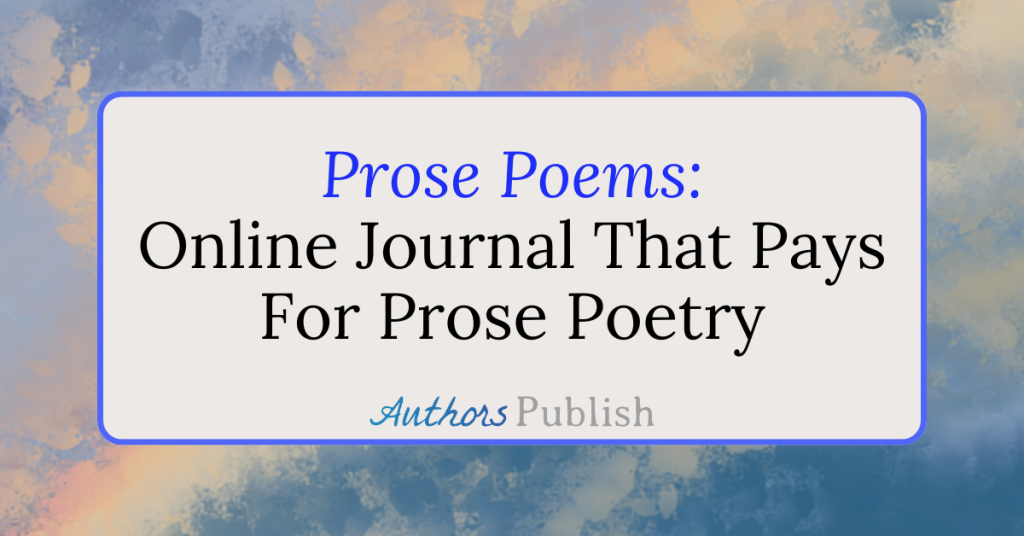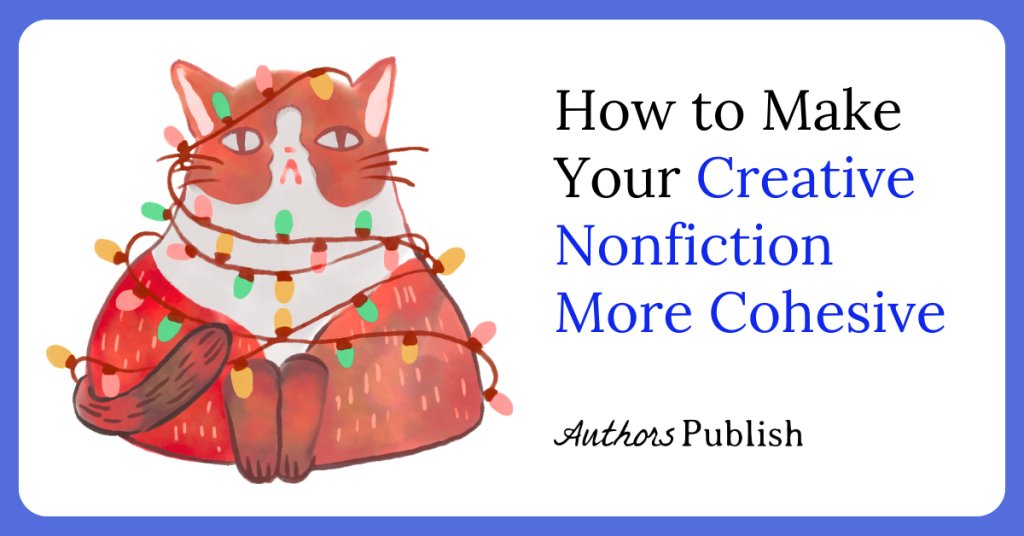When I finish the first draft of a novel I always have a great surge of adrenaline. When I was younger I would enjoy the thrill of completion for days and then start on a new project. It should surprise no one that my early efforts were not published (thank goodness).
Now that I am older and wiser I know that the first draft is just that, a draft.
If you’re not sure if your work is a ready to submit, this article can really be helpful. It covers the three steps you need to follow in order to make sure that your manuscript is ready to be sent out to agents or publishers.
Once you are sure that your manuscript is ready, you can start submitting it. But realize that you still might have to make changes in order for it to be accepted by a publisher or an agent.
For a long time submitting seemed strange and mysterious to me. It seemed too overwhelming to actually do.
In fact, fact, for the most part submitting is relatively easy.
Most publishers want the same two things – a query letter and a synopsis. They also expect an excerpt of your book, generally the first two chapters.
There are specific requirements that differ from publisher to publisher and from agency to agency, however it is good to have a basic query letter and synopsis that you modify to meet the needs of the given agent or publisher. Just make sure you send the correct version to the right person, it really annoys a publisher to receive submissions with another publisher’s name on it. The same goes for agents.
You should spend a lot of time and consideration crafting the cover letter. This is the first impression you will make on agents and publishers. This article is very helpful to read before starting your cover letter. It is written from the perspective of submitting to agents, but all of that information can easily be applied to a small publisher as well.
It is important note that many publishers expect information about your author platform or marketing plan. Don’t know where to start in terms of an author platform? Building an Author Platform by Chantelle Atkins is a great place to start.
If you meet a publisher or an agent directly at a conference, most want a pitch. A pitch can also be handy to include in your cover letter. Don’t know what a pitch is? This article talks about what a pitch is, and more importantly, how to make a good one. I always include my pitch in my cover letter.
Not all publishers and agents require a synopsis, but many do. Most want a complete synopsis of the plot that fits on one page. By complete synopsis, I mean that they want spoilers. They also generally want information about character development.
It should go without saying, but edit and polish the query letter and synopsis. If you can afford an editor get them to review the query letter, the synopsis, and also the first twenty pages. Twice. Or more. The first twenty pages of the novel are all that most agents and many publishers will initially see, so make sure they are compelling and error free.
M.J. Moores interviewed a literary agent, an editor, and a published author to see what the top reasons most manuscripts are rejected. Her article The Top Three Reasons Most Manuscripts get rejected, should be read before you begin the submission process.
Once you have completed a query letter and a synopsis, that you are happy with start to research where you are going to submit your book. You can start your research earlier if you want.
You should decide early on if you want to submit directly to publishers or if you want to submit to an agent.
If you are focusing on finding an agent you should read the article The Safest Way to Search For an Agent before proceeding. One of the best free reputable search engines for agents is Agent Query. So you can start looking for an agent there.
If you are looking at submitting a manuscript directly to a publisher, our index of manuscript publishers is a good place to start. We always check watchdog site before reviewing a publisher.
Remember there is no such thing as a legitimate traditional publisher that charges its writers. You should be paid by your publisher, not the other way around.
When examining a publisher’s website this article will help you know what to keep an eye out for.
Some publishers can respond to submissions within weeks, others within years, so keep that in mind. If you have not heard from a publisher in six months, you should email them to ask about the status of the manuscript, unless they explicitly say they will take longer on their website.
Once you find agents or publishers that you feel would be a good fit, you should check and double check their submission guidelines.
Most publishers accept electronic submissions through email or a submission manager, but a few still require submissions through the post. Either way, the publishers submission guidelines should walk you through the steps. The same goes for agents.
It is important not to submit to an agent or publisher if they say they are closed to unsolicited submissions. Your manuscript will not be read and in all likelihood you will annoy the person or persons who receive it, which could hurt your chances in the future.
Hopefully this helps give you the courage, the motivation, and the information to start taking steps to turn your manuscript into a published books. If you have any additional questions please email me at support@authorspublish.com
Bio: Emily Harstone is the pen name of an author whose work has been published internationally by a number of respected journals. She is a professional submissions adviser. You can follow her on Facebook here: https://www.facebook.com/emilyharstone/






